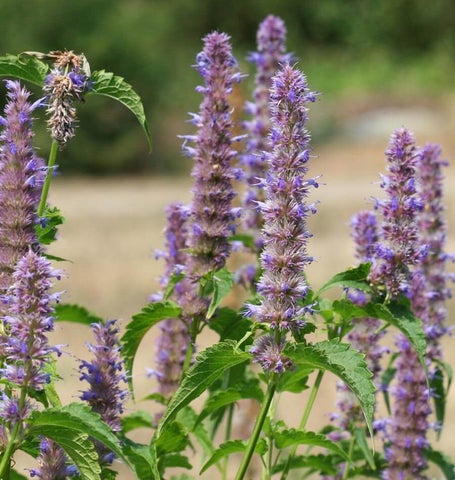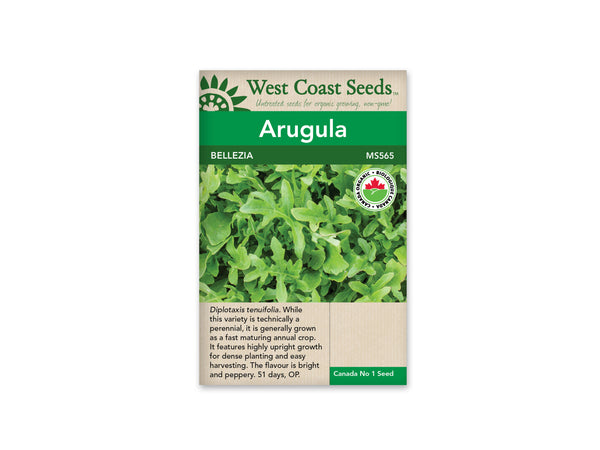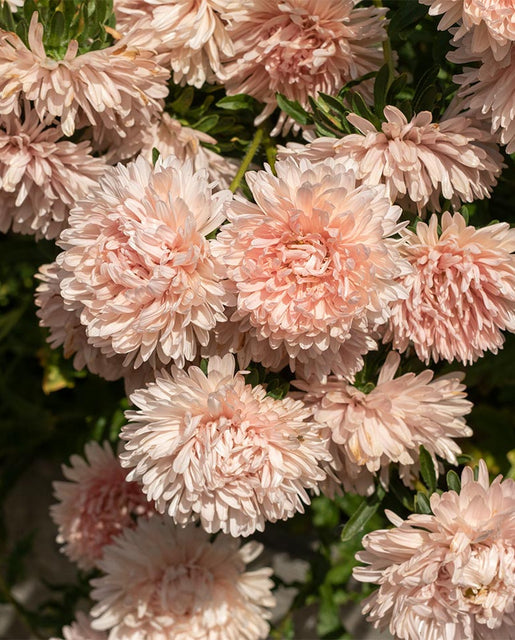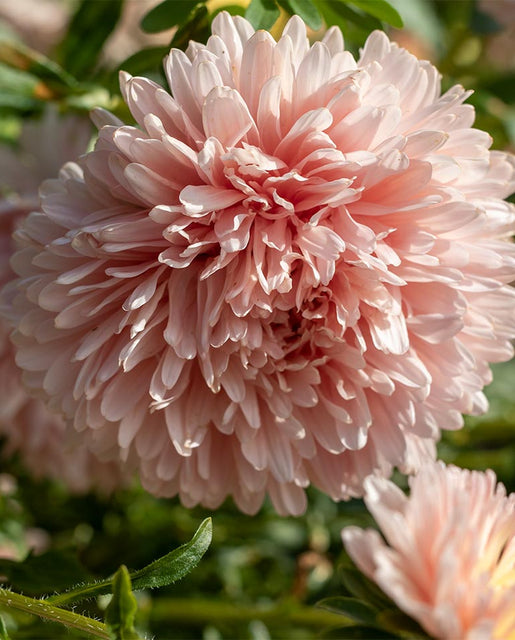Canadian Orders: Flat-Rate Shipping on Orders over $75 | Orders Over $150 Ship Free!
-
Shop
- New Arrivals
- Gardening
- Seeds
- Children + Baby
- Bath + Skin Care
- Baby Toys
- Books
- Puzzles + Games
- Loose Parts + Creative Play
- The Little Naturalist
- Play Chef
- Slings
- Apothecary
- Kids Lunches
- Accessories
- Sustainable Living
- Brushes / Brooms
- Food Storage
- Outdoors
- Coffee, Tea, Chocolate + Honey
- Coffee + Tea Accessories
- Water bottles + Travel Mugs
- Cookbooks
- Dishwashing
- Laundry
- Cleaners
- Accessories
- On The Go Essentials
- Self Care
- Face Care
- Body Care
- Hair Care
- Cosmetics
- Deodorant
- Toothpaste + Oral Care
- Sun Care
- Accessories
- Zero Waste Bathroom
- Soap
- Essential Oils
- For Men
- Books
- Apothecary + Natural Supplements
- Pet Care
- Shop Local
- Bulk
- In Store Pick Up
- Home Improvement
- Paint & Stain
- Discover
- Bulk Bar
Wild Lettuce — Miner's Lettuce Heirloom
Sold Out $4.69
Montia perfoliata syn. Claytonia perforiata Known also as Winter Purslane due to the succulence of its leaves and stems, this native California weed is actually sweet tasting, not tart like true purslane. Leaves grow individually on long stems, but should be cut to no more than 5cm (2") in length. Harvest with scissors, just above the crown of the plants and it will grow back up to three times. Don't allow it to flower unless you're saving Miners Lettuce Claytonia Seeds. Claytonia is quite cold hardy. Given some protection, it can be grown all winter.
Matures in 55 days. (Open-pollinated seeds)
Quick Facts:
- Sweet tasting
- Will grow back up to three times after cut
- Leaves grow individually on long stems
- Open pollinated seeds
- Matures in 55 days
Size: 0.5g ( approx. 845 seeds)
How To Grow: Lettuce can be harvested from the garden from late spring to the late fall, and sometimes (given a bit of protection) all winter. The high protein chlorophyll in the dark-green leaves is highly nutritious. Salads are not complete without these leafy greens. Read more below on how to grow lettuce from seed.
Difficulty
Easy
Season & Zone
Season: Cool season
Exposure: Full sun to partial shade
Timing
Seed every three weeks from just before the last frost date until the end of summer for a continuous harvest. Provide frost protection with a cloche or heavy row cover when frost looms in the fall. Many mesclun types and mixes will continue to grow all winter where winters are mild.
Starting
Plant in a block or in a wide row. Sprinkle the seeds evenly over prepared, moist soil. Try to space seeds about 1cm (½”) apart. Cover lightly with soil, and firm them in. Four grams of seed will plant a 12m (40′) row that is 7cm (3″) wide, so don’t plant the whole packet at once. For container growing, choose containers that are at least 10cm (4″) deep. Wider is better. The most common mistake is over-planting.
Days to Maturity: From direct sowing.
Growing
Moderately fertile soil – particularly if you’re planning mutliple harvests. Dig in 1 cup of complete organic fertilizer for every 3m (10′) of row. For containers, use peat or coir based mix with compost added. Water regularly. If growth slows after harvest, use a bit of kelp or fish based fertilizer to provide a boost of nutrition for the next growth spurt.
Harvest
There are two methods of gathering salad greens. You can use scissors to cut everything about 2-5cm (1-2″) from the ground, when the plants are about 10-15cm (3-4″) tall. Or, you can pick individual leaves as they’re needed. The first cutting may contain more brassicas than lettuces (arugula, mizuna) but if you cut the mix back when the leaves are still small, the lettuce will catch up. The salad greens will regrow for a second harvest in another 2 or 3 weeks.
Seed Info
In optimal growing conditions at least 70% of seeds will germinate. Usual seed life: 3 years. Per 100′ row: 240 seeds head lettuce/1.2M seeds leaf type, per acre: 58M seeds head lettuce/348M leaf type.
Diseases & Pests
Slugs love baby greens and flea beetles love brassica leaves.
Companion Planting
Lettuce plants make good companions for beets, Brassicas, carrot, celery, chervil, cucumbers, dill, garlic, onions, radish, spinach, squash, and strawberries.
Related Items
Agastache — Licorice Mint
Sold Out $3.49
Agastache foeniculum. With heavily licorice-scented leaves and tall spikes of edible lavender flowers, Licorice Mint has been used medicinally for generations. It also happens to...
View full product detailsArugula, Wild — Selvatica Heirloom Organic
Sold Out $3.69
CERTIFIED ORGANIC! Diplotaxis tenuifolia. While technically this variety is a perennial, growers and home gardeners will probably prefer growing it as a fast maturing annual crop. Bellezia...
View full product detailsAster — King Size Apricot
Sold Out $4.19
Callistephus chinensis. King Size Apricot China Asters are some of the most sensational cut flowers we know of. The large, pale pink flowers are showy without...
View full product detailsSign up to get the latest on sales, new releases and more…
© 2025 Sustain.
Ecommerce Software by Shopify


















